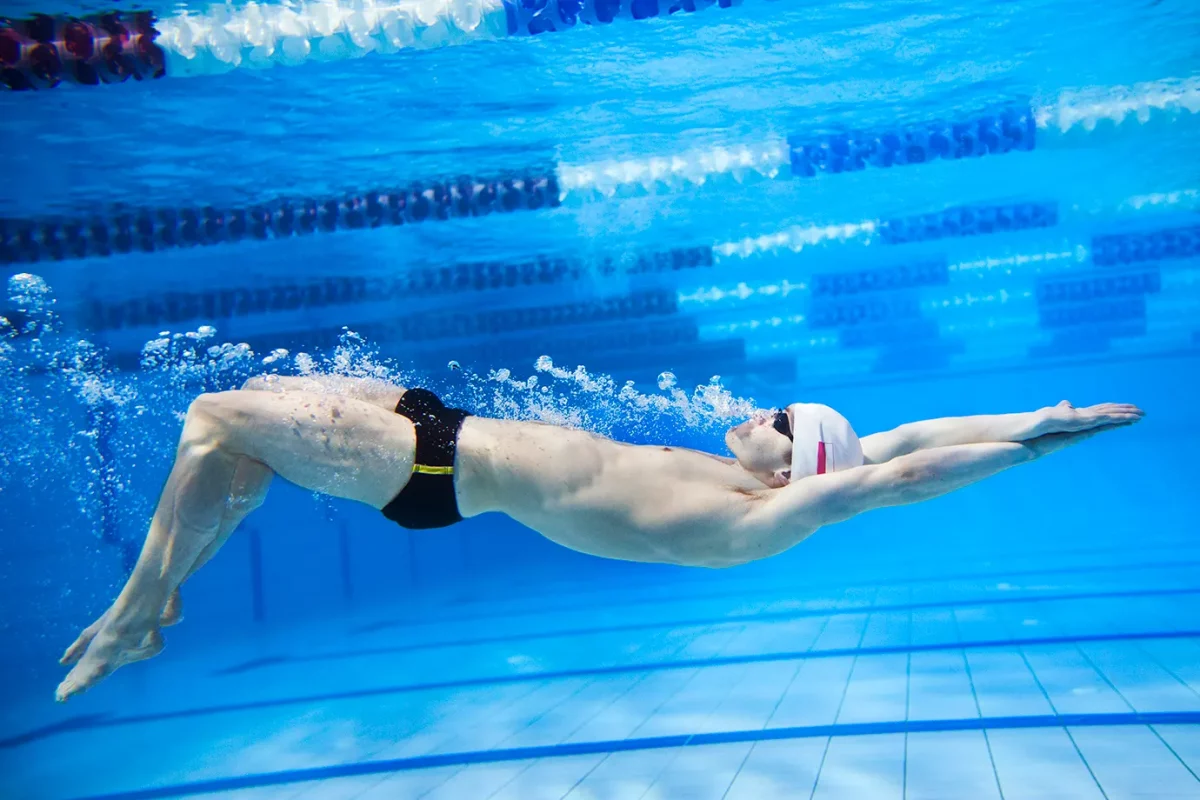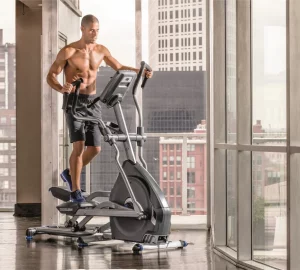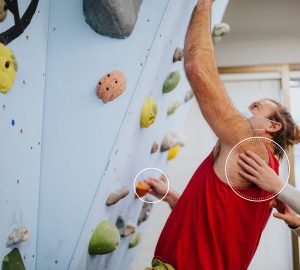There’s nothing like a good swim. It can be the perfect way to ease your mind, soothe your muscles and get some exercise all in one fell swoop. But even if you’ve been swimming for years, there are times when you may find that your mind wanders from the present moment—maybe it’s something as simple as thinking about dinner plans or what you’ll wear tomorrow. And while we’re all human and our minds sometimes wander, when it comes to swimming, focusing on the present moment is key! Here are some tips on how to relax when swimming so that no matter where your thoughts take you during practice or competition, they won’t interrupt your ability to perform well or enjoy yourself:
Essential elements of learning how to relax when swimming are:
Learning how to relax when swimming is a skill that anyone can learn.The essential elements of learning how to relax when swimming are:
- Relaxing your lower body
- Relaxing your upper body
- Slower is better than faster, especially if it means relaxing more! In fact, it’s often helpful to think about slowing down and taking deep breaths before you need them rather than trying hard at first and then speeding up as soon as things get tricky. And finally… relax!
Go Underwater and Really Experience It
Going underwater and really experiencing it can be an amazing way to relax. It’s also a great way to practice your swimming technique because you have more control over your body when there’s no air around. The first thing you should do is breathe out slowly through your nose, like this:
- Inhale (breathe in).
- Exhale through the mouth (breath out).
This will help relax your upper body, which is what most people tense up when they’re swimming. Next, focus on relaxing your lower body as well–this will help improve your technique and make it easier for you to move through the water smoothly!
Relax your lower body.
Relaxing your body is the most important part of the process. To do this, you need to relax your lower body.
- Relax your legs and hips. If you’re sitting on a chair or bench, try to sit with good posture and keep a straight back but not tense up in any way. Let gravity pull down all parts of your body equally so that there is no extra tension anywhere in the muscles or joints.
- Relax shoulders, arms, and hands (if possible). If this isn’t possible for some reason (for example if swimming freestyle), then just focus on relaxing as much as possible without tensing up other parts of yourself too much–if there is any tension present at all while swimming then it should be focused mainly on these areas rather than elsewhere such as lower back muscles which would increase drag significantly!
Use your breath to relax your upper body.
- Relax your shoulders.
- Relax your neck.
- Relax your face.
- Relax your jaw, which is the bone that holds up your tongue and teeth, as well as being connected to the rest of your skull by muscles and tendons that can become tense if you’re stressed out or anxious (like when you’re trying to relax).
You can also try tensing up different parts of your body at a time: start with one arm, then another; then move on to each leg individually before doing both together as well; finally do all four limbs at once (arms crossed over the chest) while taking deep breaths from the diaphragm (the large muscle located between the chest cavity and abdominal cavity). This will help loosen up any tension in those areas before moving on through other regions that might need some work–like shoulders or face muscles!
Slower Is Better
If you are exercising, it is important to do so at a comfortable pace. If you feel like you are pushing yourself too hard or are getting tired, then slow down. If your breathing is too fast and shallow, then speed up until it feels more natural. The goal here is not necessarily to go faster than usual; rather it’s about finding the right balance between how hard your body feels like working (not too much) and how quickly it needs oxygen (not too little).
Breathe Before You Need To
Before you need to breathe, breathe. That’s right: before you feel the need for oxygen, take a breath and hold it for a couple of seconds. This will give your body time to adjust its carbon dioxide levels and allow more oxygen into your bloodstream.
When that moment comes when there’s no more air left in the tank (or lake), take another deep breath and repeat this process until everything feels better again.
And Relax
When you’re swimming, it’s important to relax your mind. Don’t fight the water or get angry at yourself for being slow or not doing well enough. Don’t think about how far you’ve come, or how far you still have to go. Instead of focusing on these things, just focus on relaxing and letting go of all of those thoughts so that your body can do what it needs to do naturally: swim!
Conclusion
Swimming is one of the best exercises you can do, especially when you’re learning how to relax while you’re swimming. Breathing calmly and doing slow movements make it much easier to swim underwater, and also more fun. Learning how to enjoy swimming helps you be motivated, so you’ll be able to stay with your routine longer.
Click here SwimRight Academy to learn more.









